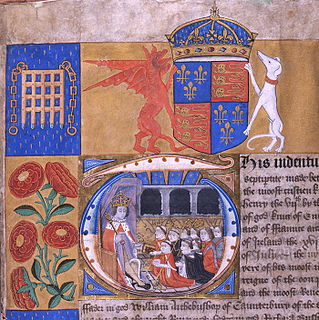
Richmond is a suburban town in south-west London, 8.2 miles (13.2 km) west-southwest of Charing Cross. It is on a meander of the River Thames, with a large number of parks and open spaces, including Richmond Park, and many protected conservation areas, which include much of Richmond Hill. A specific Act of Parliament protects the scenic view of the River Thames from Richmond.
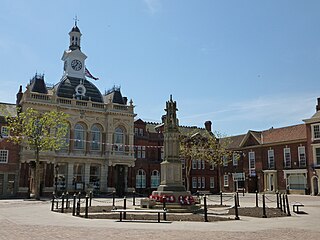
Retford is a market town in Nottinghamshire in the East Midlands of England, 31 miles (50 km) from Nottingham, and 23 miles (37 km) west of Lincoln. The population at the 2011 census was 22,013. The town is in the valley of the River Idle and the Chesterfield Canal passes through the centre. The village of Ordsall, west of the River Idle and the East Coast Main Line railway, and the former hamlet of Thrumpton are suburbs. Retford is administered by Bassetlaw District Council, which itself is now a non-constituent partner member of the Sheffield City Region Combined Authority. Retford is twinned with Pfungstadt, Germany.
The year 1806 in architecture involved some significant events.
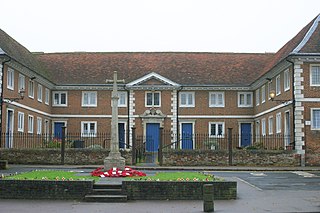
Buntingford Almshouses is a grade II* listed building on the High street of the Hertfordshire town of Buntingford. The building was erected in 1684 by the mathematician and astronomer Bishop Seth Ward who was born in the town. The architect was probably the celebrated scientist and architect, Robert Hooke.

Froxfield is a village and civil parish in the English county of Wiltshire. The parish is on the Wiltshire-West Berkshire border, and the village lies on the A4 national route about 3 miles (4.8 km) west of Hungerford and 7.5 miles (12 km) east of Marlborough.
The Landmark Trust is a British building conservation charity, founded in 1965 by Sir John and Lady Smith, that rescues buildings of historic interest or architectural merit and then makes them available for holiday rental. The Trust's headquarters is at Shottesbrooke in Berkshire.

Richmond Green is a recreation area located near the centre of Richmond, a town of about 20,000 inhabitants situated in south west London. Owned by the Crown Estate, it is leased to the London Borough of Richmond upon Thames. The Green, which has been described as "one of the most beautiful urban greens surviving anywhere in England", is essentially square in shape and its open grassland, framed with broadleaf trees, extends to roughly twelve acres. On the north-east side there is also a smaller open space called Little Green. Richmond Green and Little Green are overlooked by a mixture of period townhouses, historic buildings and municipal and commercial establishments including the Richmond Lending Library and Richmond Theatre. On summer weekends and public holidays the Green attracts many residents and visitors. It has a long history of hosting sporting events; from the 16th century onwards tournaments and archery contests have taken place on the Green, while cricket matches have occurred since the mid 18th century, continuing to the present day.

The Blockley Almshouse, later known as Philadelphia General Hospital, was a charity hospital and poorhouse located in West Philadelphia. It originally opened in 1732/33 in a different part of the city as the Philadelphia Almshouse. Philadelphia General Hospital closed in 1977.
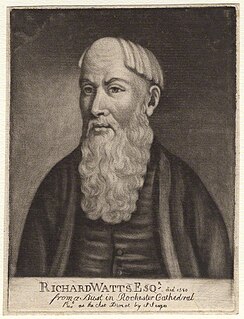
Richard Watts (1529–1579) was a successful businessman and MP for Rochester, South East England, in the 1570s. He supplied rations for the English Navy as deputy victualler and supervised the construction of Upnor Castle. After Queen Elizabeth I pronounced his house was "satis" after a visit in 1573, the house was thereafter known as Satis House. Famed locally for his philanthropy, he died on 10 September 1579, leaving money in his will to establish the Richard Watts Charity and Six Poor Travellers House in Rochester High Street. He is buried, in accordance with his will, in Rochester Cathedral.
Abel Collin (1653–1705) was a benefactor in Nottingham. He established Abel Collin's Charity.

St John's Foundation was founded as St John's Hospital in Bath, Somerset, England, in 1174, by Bishop Reginald Fitz Jocelin and is among the oldest almshouses in England. The current building was erected in 1716 and has been designated as a Grade I listed building.
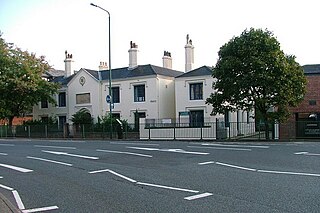
Plumptre Hospital was a charity in Nottingham providing almshouse accommodation for 599 years from 1392 to 1991.
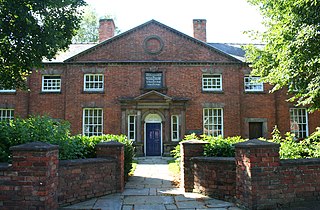
Crewe Almshouses or Crewe's Almshouses is a terrace of seven former almshouses at the end of Beam Street in Nantwich, Cheshire, England. The present building was erected in 1767 by John Crewe, later first Baron Crewe, and is listed at grade II. It has a central projecting section topped by a pediment, with a stone doorway flanked with Tuscan columns. The present almshouses stand on the site of a 16th-century building, originally the mansion of the Mainwaring family and later the town's House of Correction and workhouse.

Wright's Almshouses is a terrace of six former almshouses now located on Beam Street in Nantwich, Cheshire, England. The building was originally erected at the junction of Hospital Street and London Road in 1638 by Edmund Wright, Lord Mayor of London in 1640–41, and is listed at grade II*. The low red-brick terrace has stone dressings and a central stone panel with arms. The adjacent stone archway of 1667, which Nikolaus Pevsner describes as the "best" feature of the almshouses, is also listed separately at grade II*, together with its associated wall.

The Tollemache Almshouses, also known as the Wilbraham Almshouses or Wilbraham's Almshouses, are six former almshouses in Nantwich, Cheshire, England. They are in two blocks of three cottages each, located on the north side of Welsh Row at numbers 118–128. The present buildings, which are listed at grade II, were erected in 1870 by John Tollemache to replace adjacent almshouses founded by Sir Roger Wilbraham in 1613. The almshouses were modernised in 1980 and remain in residential use. The Hospital of St Lawrence, a medieval house for lepers, was possibly on or near the site of the present almshouses.

The Widows' Almshouses, also known as the Wilbraham or Wilbraham's Almshouses and as the Widows' Hospital, are former almshouses for six widows in Nantwich, Cheshire, England. They are located at numbers 26–30 on the north side of Welsh Row, on the junction with Second Wood Street. The almshouses were founded by Roger Wilbraham in 1676–7 in memory of his deceased wife in three existing cottages built in 1637; they were the earliest almshouses in the town for women. In 1705, Wilbraham also founded the Old Maids' Almshouse for two old maids in a separate building on Welsh Row. They remained in use as almshouses until the 1930s. The timber-framed Widows' Almshouses building, which is listed at grade II, has subsequently been used as a café, public house, night club, restaurant, wine bar and hotel.
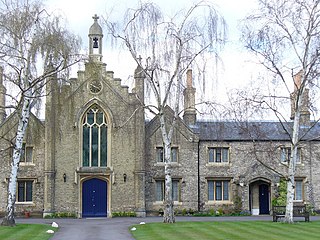
Hickey's Almshouses are almshouses between Sheen Road and St Mary's Grove in Richmond, London. They are Grade II* listed by Historic England and this listing also extends to the site's chapel and to its lodges.

The Percy and Wagner Almshouses are a group of 12 almshouses in the inner-city Hanover area of the English coastal city of Brighton and Hove. The first six date from 1795 and are among the few pre-19th-century buildings left in the city. Six more were added in a matching style in 1859. They are the only surviving almshouses in Brighton and have been listed at Grade II for their architectural and historical importance.

